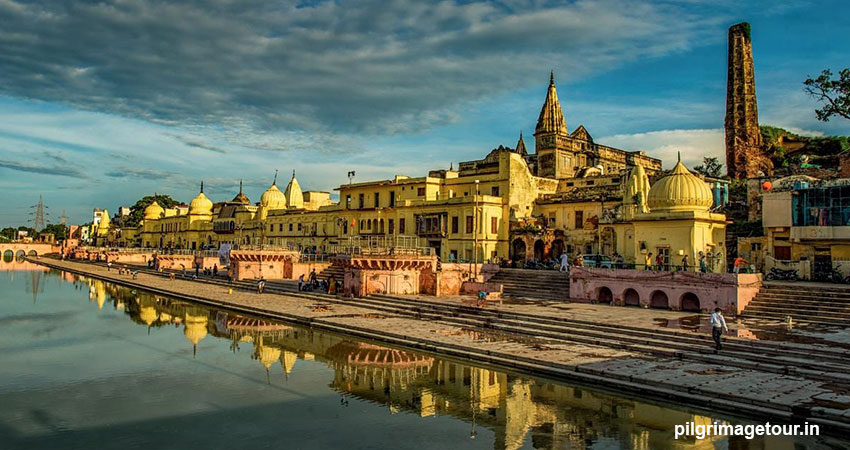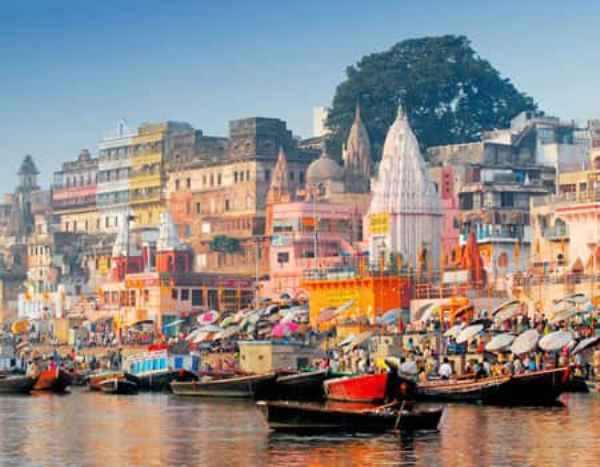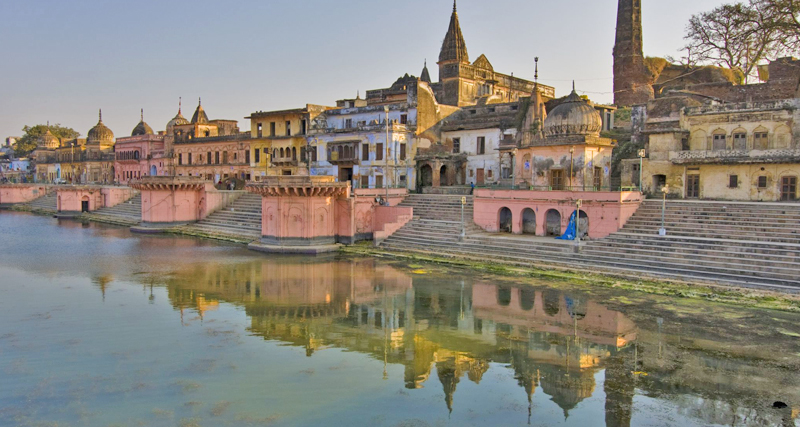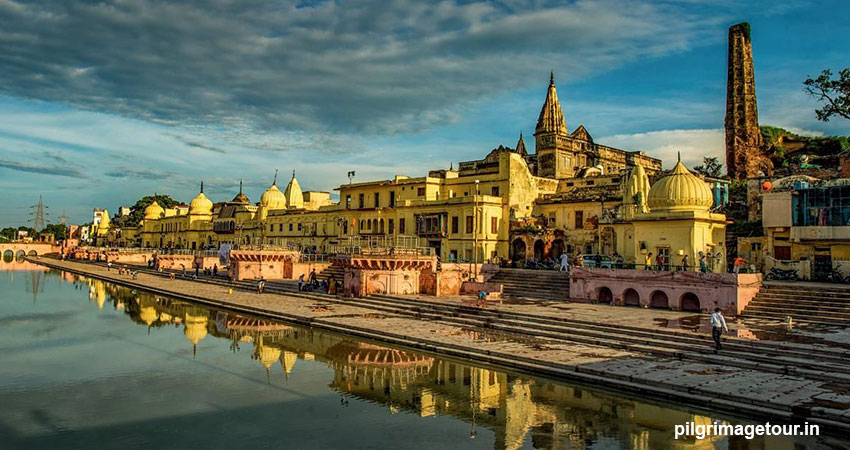Whether for religious or aesthetic reasons, the Mughals understood how to create exquisite gardens. The Khusro Bagh, near Prayraj (Allahabad), Uttar Pradesh, exemplifies their exquisite aesthetic sensibility. The garden is a historical landmark and one of the history sites in Uttar Pradesh that you should visit. It houses the graves of Khusro Mirza (Jahangir's eldest son), Shah Begum (Jahangir's first wife), and Princess Sultan Nithar Begum (the daughter of Jahangir). During the 17th century, all three of them were interred in this mausoleum complex. The usage of red sandstone and the intricate carvings on the tombs are truly stunning. There's also a tranquility in the air, a type of calming quietness that's worth savoring.
Architecture
The three graves at Khusro Bagh are all created in the best Mughal architectural traditions. The primary tomb in the garden is that of Shah Begum, which is positioned in the center. The most conspicuous building in the tomb complex is a three-tiered red sandstone edifice. On the north and south sides of the complex, in addition to two ways of admission, there are two points of escape. However, what you see on the top is a fake cenotaph; the true burial is on the main level. The addition of a fake cenotaph is a typical practice in Islamic architecture. They're mostly there for aesthetic reasons. The court calligraphy of Jahangir, Mir Abdullah Mushkin Qalam, carved some remarkable Arabesque inscriptions on the cenotaph.
The mausoleum of Shah Begum's daughter, Nithar Begum, is the second tomb. Between 1624 and 1625 AD, she had this mausoleum erected on her instructions. It is the most beautiful of the three tombs in terms of architecture. It's a red sandstone edifice with two stories. The bottom level, which contains the burial, is accessed by a carved gateway within the plinth. On the upper level, you'll find some amazing Mughal frescoes.
The tomb of Emperor Jahangir's eldest son, Khusro Mirza, is the third, but considerably simpler than the other two. It is a single-story structure made of red sandstone with beautiful inscriptions and decorations. There is a cemetery just adjacent to the mausoleum that is thought to be that of his mare.
Interesting Facts
1. During the Indian Revolt of 1857, Khusro Bagh was the headquarters of the rebel sepoys led by Maulvi Liaquat Ali.
2. The mare's burial, which is placed near to Khusro's tomb, is said to be his.
Best time to Visit
Khusro Bagh, which is located in Prayagraj (Allahabad), Uttar Pradesh, is open all year. Having saying that, the ideal time to visit is totally up to you. If you go during the summer, keep in mind that it might be extremely hot. That should not be an issue if you can stand the heat. The nice weather, on the other hand, gives ideal circumstances for exploration throughout the winter.
How to Reach Khusro Bagh
Roads, airways, and trains all connect to Khusro Bagh. It's roughly 3.3 kilometers from Allahabad's city center and takes 12 to 15 minutes to get there. Khusro Bagh is around 10 to 12 kilometers from Prayagraj Airport, which is around a 30-minute drive away.
Khusro Bagh is also close to the Allahabad Railway Station, which is about a 10-minute walk away. The Allahabad bus depot on Sardar Patel Road is roughly 5 kilometers from the site and may be reached in 11 minutes by cab or self-drive.
Location : Lukarganj, Prayagraj, Uttar Pradesh 211016
Timings : 7:00 AM to 7:00 PM
Time Required : Less than 1 hour
Entry Fee : No Entry Fee








 +91-7303039611
+91-7303039611